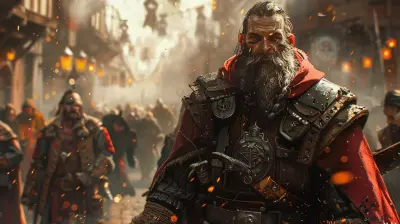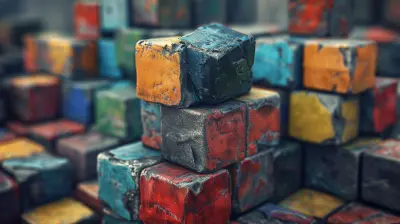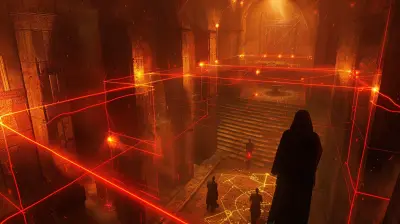The Role of Animation in Game Character Personality
8 October 2025
What’s the first thing that draws you into a game? The plot, the graphics, or maybe that thrilling gameplay? Sure, all of these are important, but let’s be real—characters are the heart of any game. Characters are the ones who pull us into the world, make us laugh, cry, and sometimes even scream at the screen. But there’s one crucial piece that brings these characters to life: animation.
Animation bridges the gap between a static 3D model and a living, breathing persona. It’s like the secret sauce that adds life and soul to your favorite digital heroes and villains. So, let’s dive deep into how animation plays a monumental role in shaping game character personalities.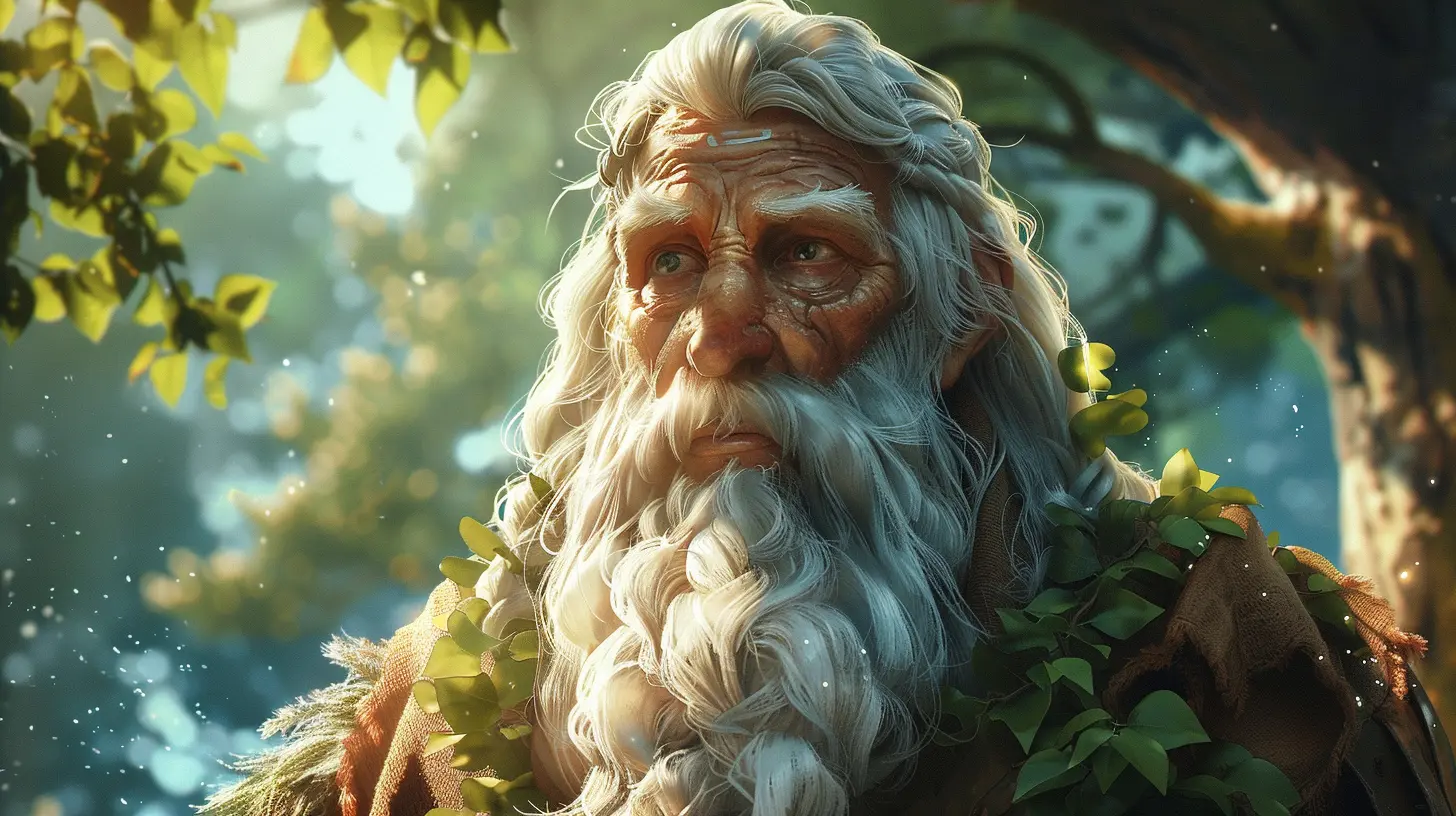
Why Animation Matters for Game Characters
Imagine playing a game where the character moves like a stiff robot. No matter how great the story or gameplay is, those awkward movements would kill the vibe, right? Animation is what makes characters believable. It gives them rhythm, quirks, and charm. Without it, characters become nothing more than lifeless puppets.Think of it this way: animation is the body language of a game character. Just like how we communicate feelings through a smile, a hand gesture, or even the way we walk, game characters do the same. Animation allows developers to convey a character’s personality—whether they’re brave, clumsy, or downright evil—without having to spell it out in words.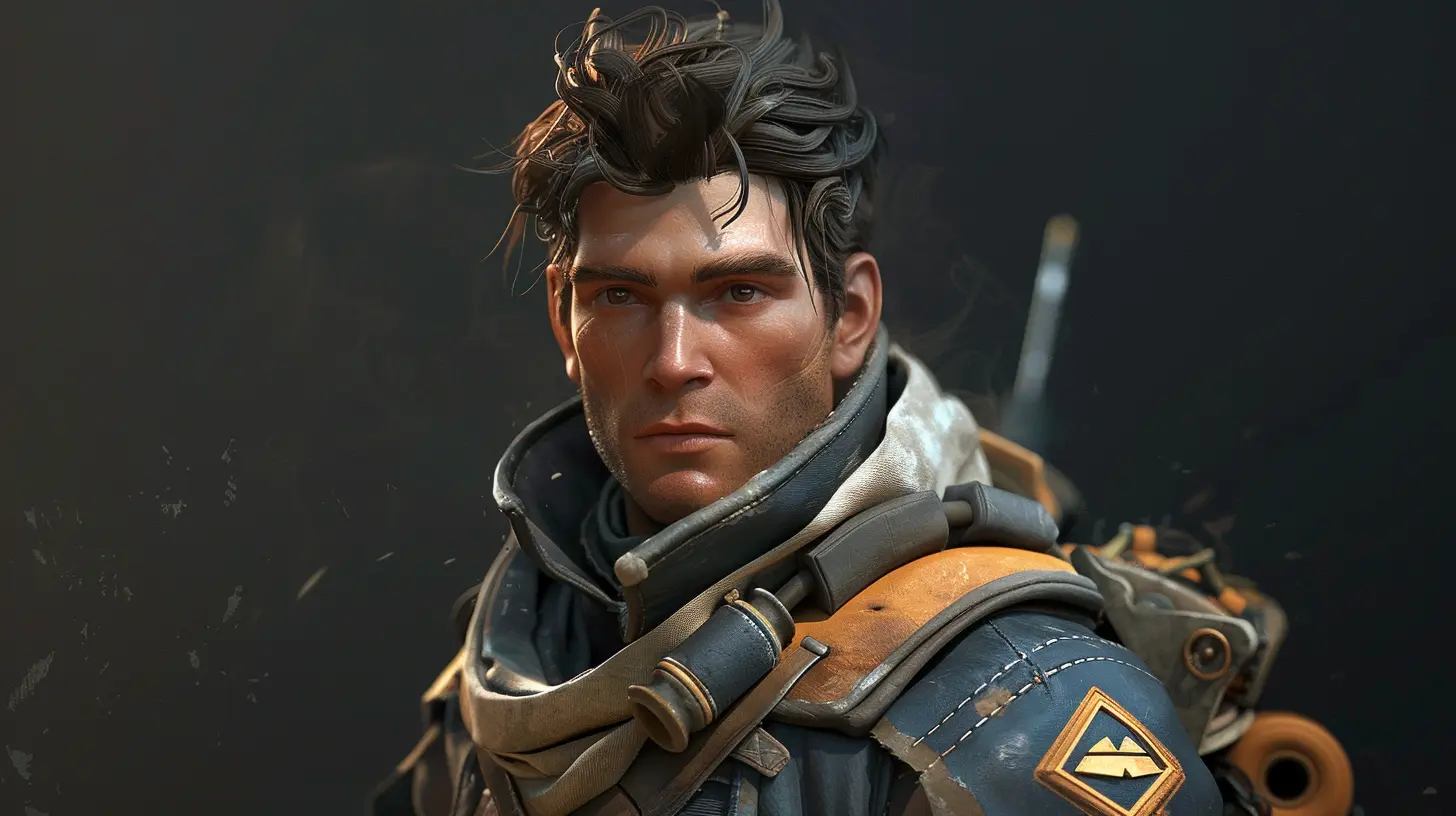
Setting the Stage: Different Types of Animation
Before we go further, let’s break it down a bit. Game character animations aren’t a one-size-fits-all deal. Developers use different animation styles and techniques depending on the game’s tone, genre, and the personality of the characters. Here are some common ones:1. Hand-Drawn Animation
Hand-drawn animations are perfect for games that want to ooze charm and creativity. Think about games like Cuphead, where every movement feels lively and packed with personality. Each frame is carefully crafted, giving characters a unique flair that traditional 3D animations might not achieve.2. 3D Animation
For most modern games, 3D animation is the go-to. It’s used to create realistic characters, fluid movements, and impressive facial expressions. Games like The Last of Us shine in this category. Every twitch of Joel’s eyebrow or Ellie’s smirk tells you something about who they are.3. Motion Capture (MoCap)
When you want realism, motion capture is king. Developers use real actors to record movements, which are then applied to game characters. It’s like giving characters a slice of human life. If you’ve ever noticed how eerily realistic a character moves in games like God of War or Red Dead Redemption 2, that’s motion capture working its magic.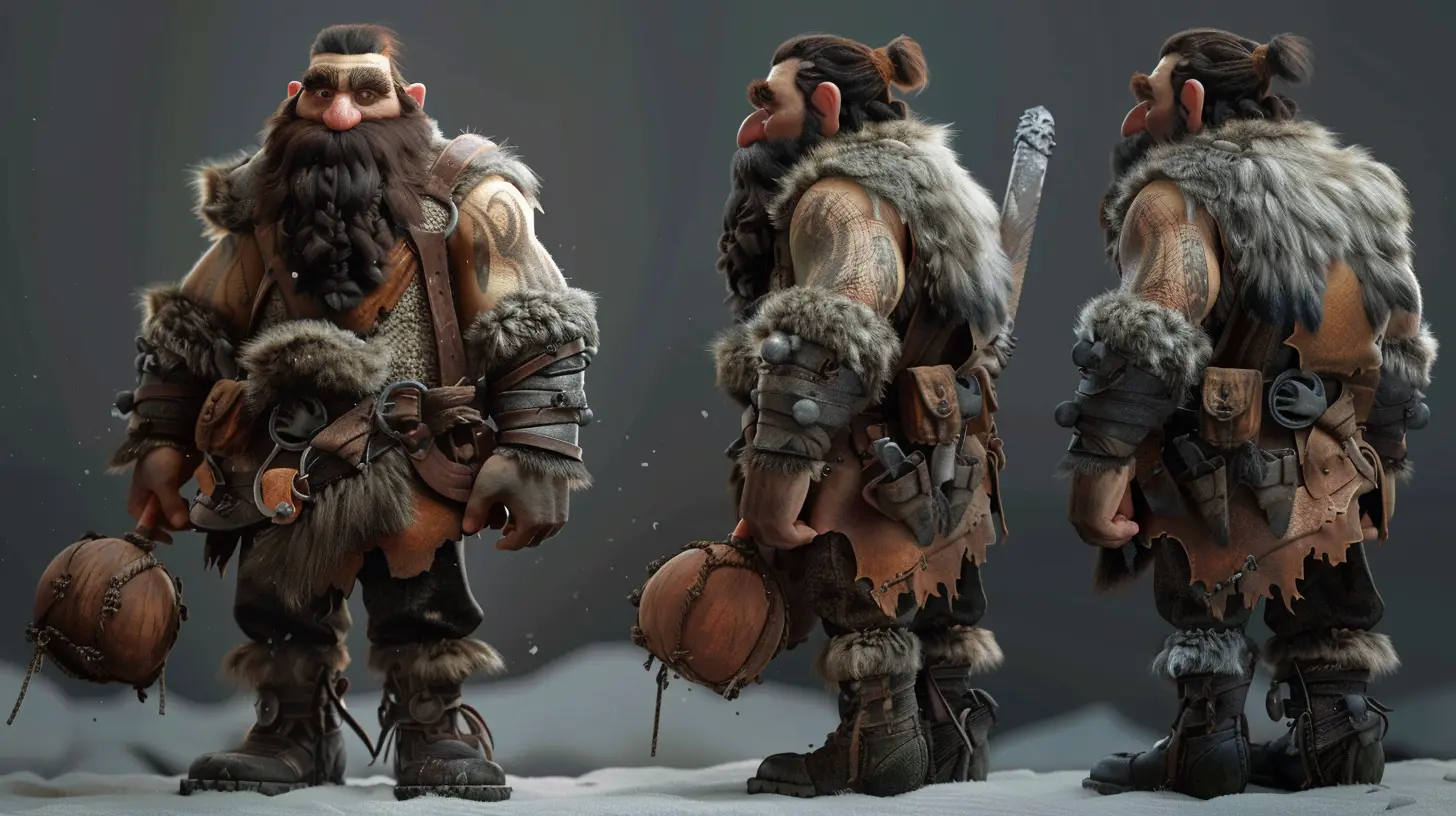
Animation Builds Personality (And We’re All Here for It)
Animation doesn’t just make characters move—it gives them personality. Every hop, skip, and jump your character takes tells a story. Let’s break that down with some real-world examples.1. Body Language and Movement
Think about Sonic the Hedgehog. His fast-paced animation isn’t just about speed—it tells you he’s cocky, brimming with energy, and always in a rush. On the other hand, look at how Kratos from God of War moves: slow, deliberate, and powerful. His animations scream dominance and control.Animation ensures that even the way a character walks or stands reflects who they are. A shy character might shuffle their feet or avoid eye contact, while a confident one struts with their chest out, owning the room.
2. Idle Animations
Ever left your character standing still in a game just to see what they’d do? Idle animations are gold when it comes to fleshing out personality. For instance, in Legend of Zelda: Breath of the Wild, Link does things like adjust his belt or look around if you leave him alone too long. These tiny details make him feel more human, even in a vast, open world.3. Expressions That Speak Louder Than Words
A character’s facial expressions are where true storytelling magic happens. Imagine a scene where a character’s smile slowly fades into a frown. No words are needed—you just feel the emotional shift. Games like Detroit: Become Human capitalize on this, using animation to communicate raw emotion and inner conflict.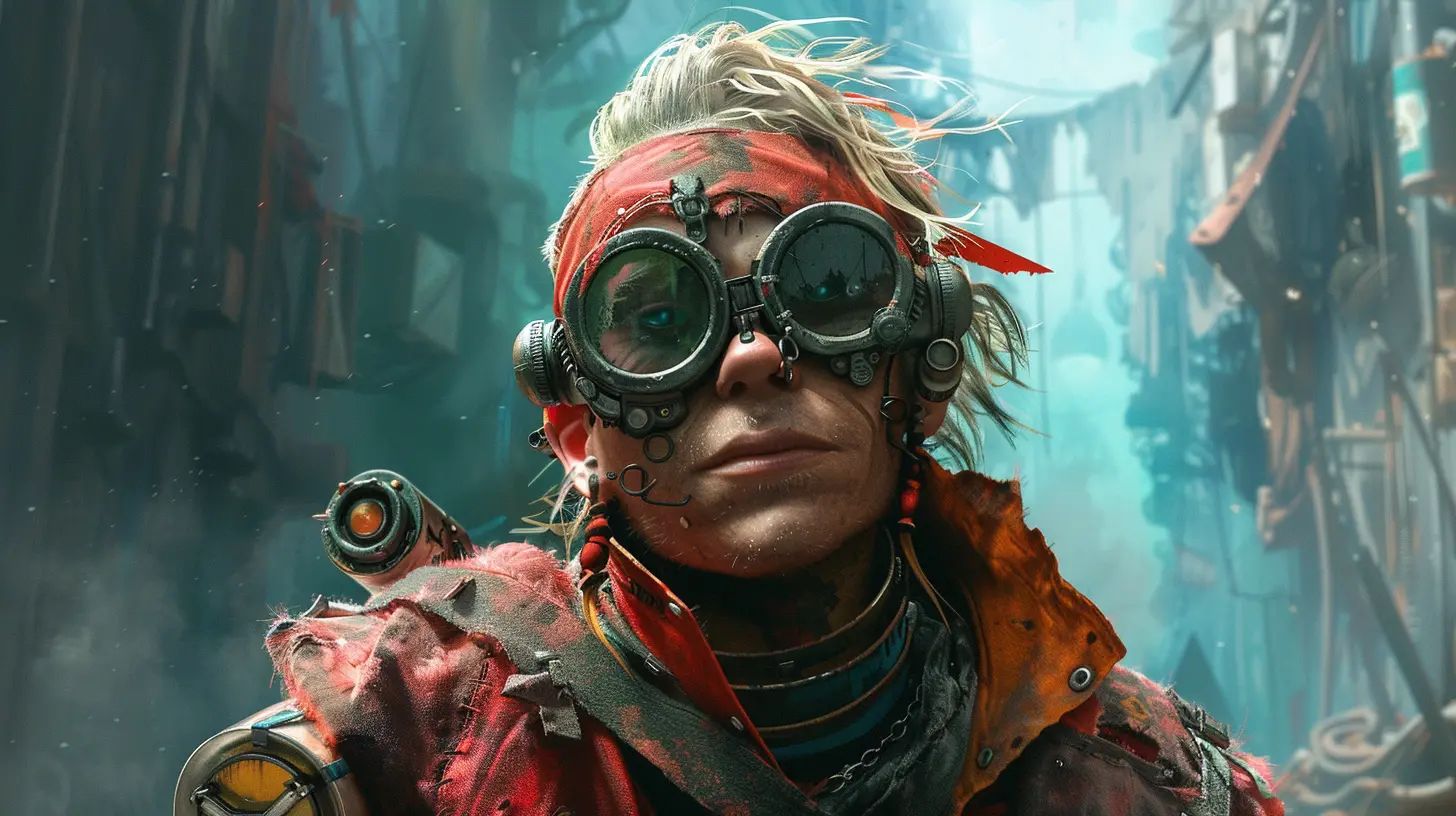
Animation Drives Emotional Connection
Let’s face it—without good animation, we wouldn’t care as much about characters. Would we have rooted for Ellie and Joel in The Last of Us if their movements and expressions didn’t feel real? Probably not. Animation pulls us into their world by making every action, no matter how small, feel genuine.The little things matter. The exaggerated, cartoonish animations in Overwatch help us connect to larger-than-life characters like Tracer and Junkrat. Meanwhile, the subtle, almost cinematic animation style of Death Stranding draws us into its mysterious and emotional narrative.
Animation and Player Empathy
Animation lets players walk a mile in a character’s shoes—sometimes literally. For example, when a character is wounded and limps, their animation mirrors that pain. It’s hard not to wince alongside them. Similarly, a character’s excited jumping or celebratory fist-pumping makes you feel accomplished too.Animation in Combat and Gameplay: More Than Just Mechanics
It’s not just about the cutscenes or idle moments—animation also plays a crucial role during gameplay, especially in combat. A rogue character might have swift and nimble animations, while a tank-like character moves and attacks with slow, heavy swings. These animations tell you about the character’s personality and strengths without a single word being spoken.Here’s a fun example: in Spider-Man games, Spidey’s combat animations are fluid, acrobatic, and playful—they perfectly match his cheeky, lighthearted personality. Compare that to the brooding moodiness of Batman in the Arkham series, whose punches feel gritty, rough, and to the point. See the difference?
Storytelling Through Animation: A Silent Narrative
Animation doesn’t just shape personalities—it tells stories too. Sometimes, a well-animated sequence can convey more than pages of dialogue. Remember the heartbreaking intro of Ori and the Blind Forest? Without a single spoken word, the carefully animated movements of the characters were enough to hit players right in the feels.The same goes for environmental storytelling. Imagine a game where a character’s animation changes based on their surroundings. Slinking quietly in a dark forest? The animation softens to match the tension. Sprinting across an open field? Expect a burst of energetic animation. These subtle shifts make the game world feel alive and dynamic.
The Future of Animation in Game Character Personality
In an era where technology is advancing rapidly, the future of animation looks incredibly exciting. AI-assisted animation tools are making it easier for developers to create lifelike movements. Think of fully fleshed-out characters reacting dynamically to their surroundings or even your actions. Wild, right?We’re also seeing more diversity in animation styles. Indie games, in particular, are pushing boundaries with creative, unconventional animations. The focus isn’t always on realism—it’s about style and personality. Expect to see more quirky, memorable characters in the coming years.
Final Thoughts: Animation Is the Unsung Hero of Games
When we think of what makes game characters memorable, we often point to their backstory, voice acting, or design. But let’s give animation the credit it deserves. It’s the glue that binds all these elements together, transforming them into characters we care about and remember.Animation is where characters stop being collections of pixels and polygons and start becoming individuals with moods, quirks, and flaws. It’s the secret ingredient that keeps us immersed in the game world. So, next time you’re playing your favorite game, take a moment to appreciate the animations. They’re not just movements—they’re personalities, emotions, and stories wrapped in pixels.
all images in this post were generated using AI tools
Category:
Video Game DesignAuthor:

Francesca West
Discussion
rate this article
1 comments
Daniella Harris
Animation breathes life; without it, characters are hollow.
October 14, 2025 at 3:02 AM

Francesca West
Absolutely! Animation is essential in giving depth and personality to characters, making them relatable and engaging.
